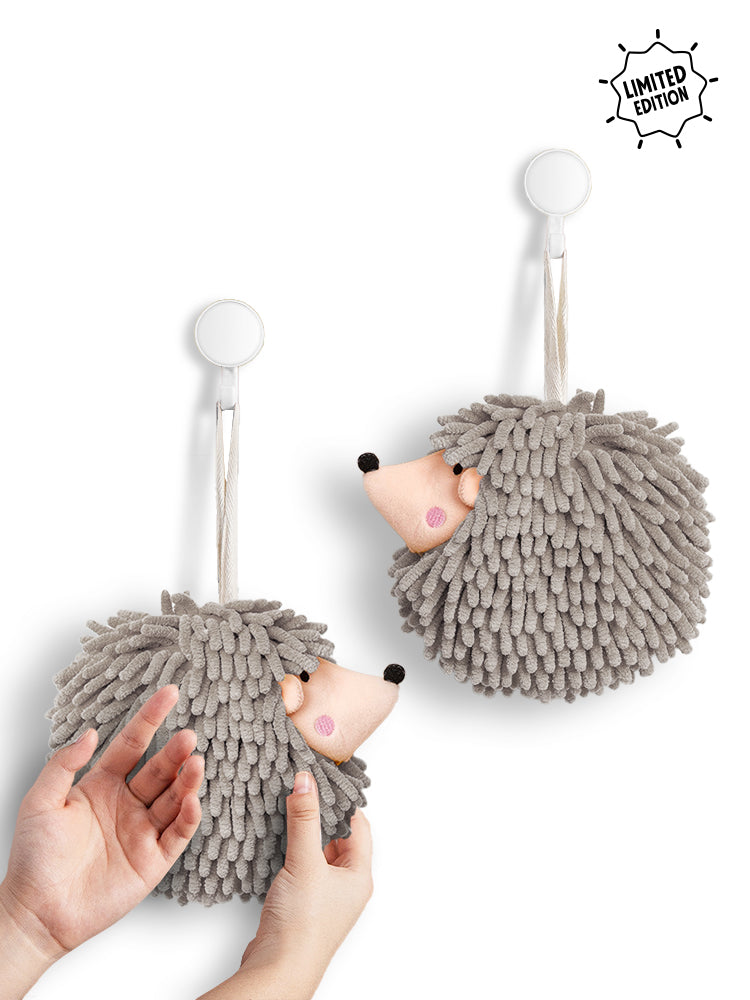
With the average lifetime for a clothing garment in the UK estimated as just 2.2 years; and an estimated £140 million worth of clothing ending up in landfill each year – taking good care of your clothes has never been more important.
Keeping your clothes for longer can help to dramatically reduce the emissions that occur during a piece of clothing’s life cycle; extending the active life of a piece of clothing by just nine months can significantly reduce its environmental impact, while the emissions of a piece of clothing can be reduced by 24% over the year by doubling its useful life from one to two years.

According to Wrap, factors that impact how long an item of clothing is kept for include the willingness of the owner to wear the same item repeatedly (always beyond #30wears); technical aspects such as resilient fabrics, dyes and colours; consumer ability to repair or alter clothes; and how owners look after their clothes. Taking good care of an item of clothing can help to significantly increase its lifespan, which is why we are sharing some of our top tips for taking care of your clothes so they stay looking great for as long as possible!
1. Wash less

Think twice before washing your clothes. “Washing garments too often can actually cause damage to the fibres and hence decrease the lifespan,” explains Chris Morton, head seamstress at Clothes Doctor. “This is especially true with dry cleaning, which uses harmful chemicals that flatten the natural fibre follicles in some fabrics.”
If an item isn’t dirty but just needs freshening up, rather than slinging it in the wash bin, try hanging it outside or in a steamy bathroom to breath first.
2. Wash at low temperatures

When the time does come to do a clothes wash, wash at lower temperatures. “Wash clothes at a low temperature with a gentle and natural laundry detergent to keep the fabric clean and soft, and also to prevent colour fading,” advises Morton. For an average shirt over a year, 80% of the emissions produced during the ‘in-use’ stage of its life cycle are from washing and tumble drying – washing at 30° or less helps to reduce those emissions, while also protecting your clothes. The exceptions might be items that are in close contact with your skin, such as underwear, bedding and towels – which may need a higher temperature wash.
3. Pay attention to care labels
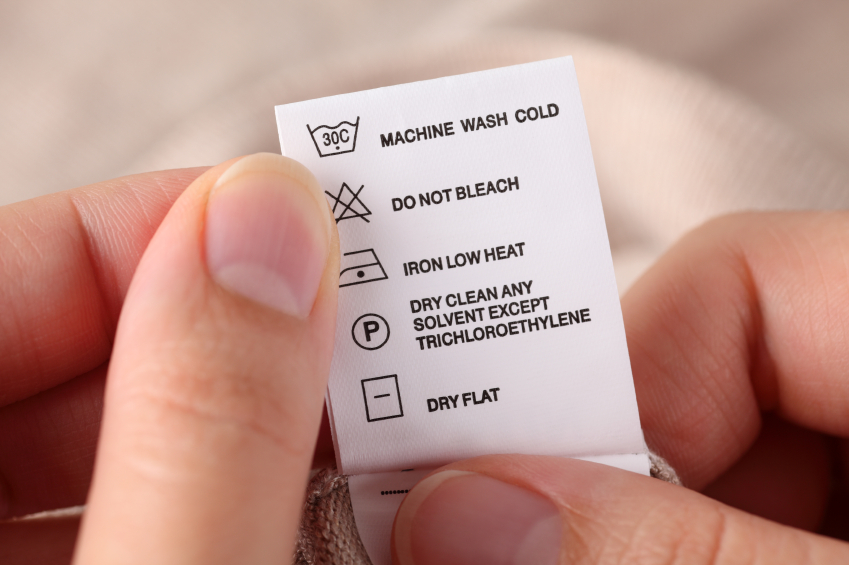
Different materials need different approaches to laundering. Wool, for instance, should only be washed when absolutely needed, using a specific wool detergent on a gentle cycle or handwash. “It is important to properly care for delicate fabrics such as cashmere and silk, which are particularly vulnerable to damage by harsh chemicals and heat,” says Morton. Pay careful attention to the instructions on the label, which advise you on the maximum recommended temperature an item should be washed at (rather than the recommended temperature). Unless, that is, the label says dry clean only.
4. Cut down on dry cleaning

One in three consumers avoid buying a garment that says dry clean only on the label thanks to the extra effort involved in cleaning the item, but actually most delicate items labelled as ‘dry clean only’ can be washed on gentle, lower temperature cycles (unless the item has details that might become damaged in the washing machine). Dry cleaning is a highly chemical intensive process that has negative environmental impacts and can have a negative effect on textiles fibres and consumers’ skin. Where dry cleaning is the only option for the garment, look for environmentally friendly cleaners offering non-toxic and ‘eco’ cleaning services such as Blanc Living.
5. Use eco-laundry powders and detergents
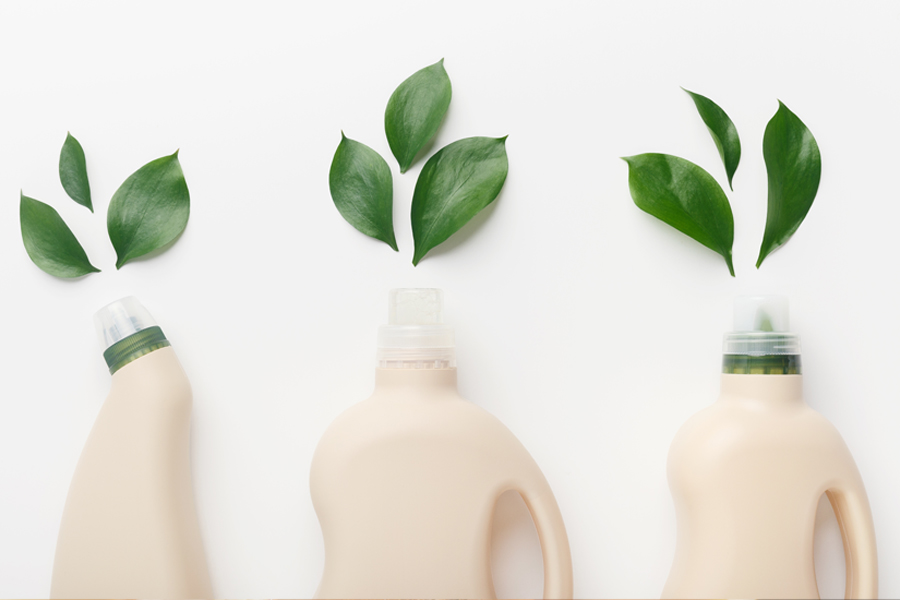
Standard detergents can contain fossil fuel-based substances, which can have negative effects on the environment as they don’t biodegrade. “Using specialist laundry products like our range of eco-washes and a delicate hand wash can also go a long way to making your most treasured items last longer,” says Chris. Thankfully, there are now a growing number of eco-laundry products that are made from biodegradable, plant-derived ingredients, and which also have the added bonus of being refillable. For example, B Corps Ecover and Method both offer cleaning products made mostly of natural, plant-based ingredients and come in 100% post-consumer recycled plastic bottles, while Clothes Doctor’s new range of clothes wash products for cashmere, silk and everyday washing are made from plant-based ingredients that nourish delicate fibres, and arrive in recyclable aluminum bottles (it also offers a refill programme).
5. Wash inside out
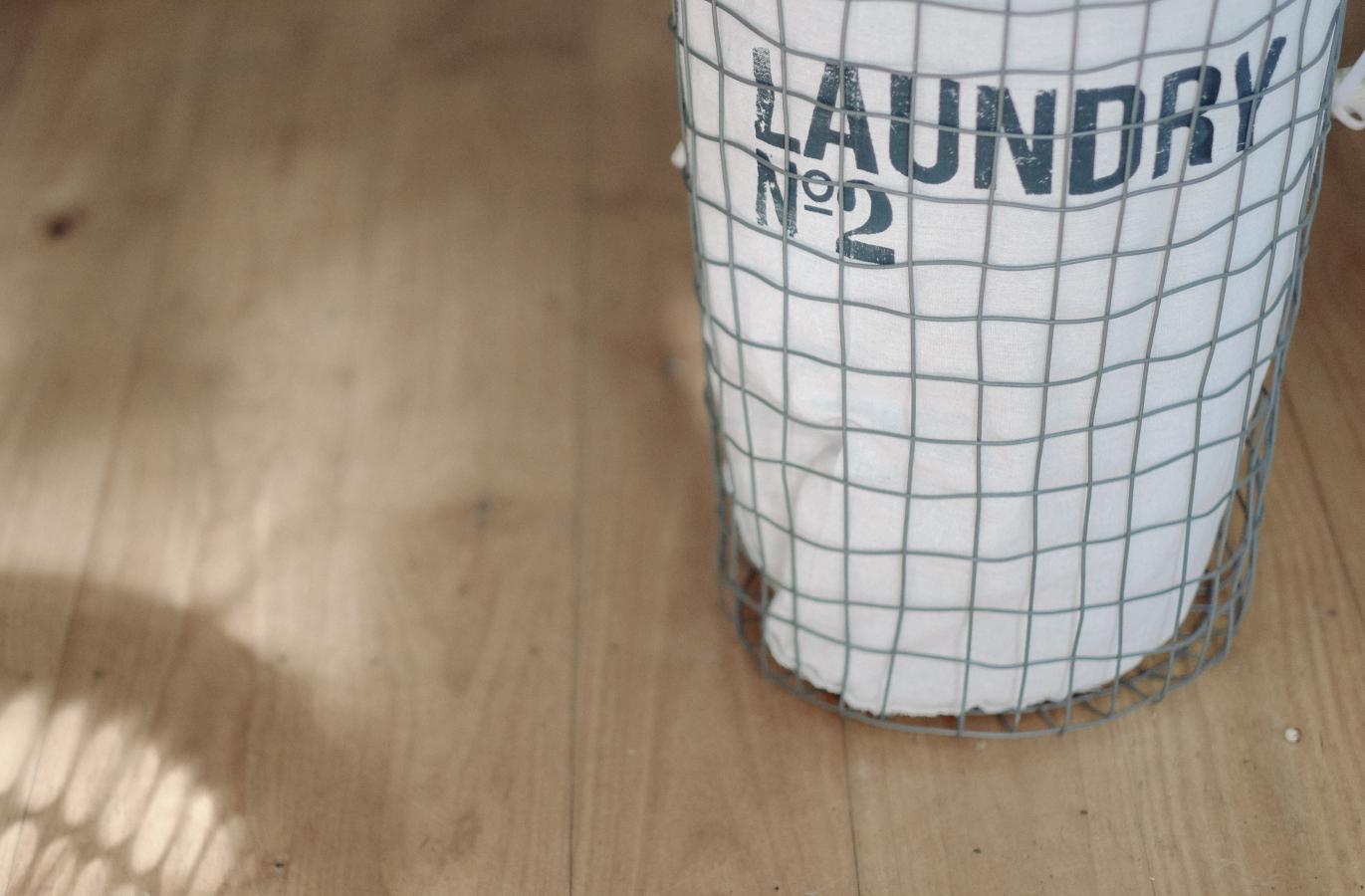
“An extra handy tip is to wash clothes inside out when machine washing, and to avoid overfilling, as this can cause friction and damage the fibres,” adds Chris.
6. Air dry

There’s nothing like that freshly laundered, air dried smell when you get your clean clothes in from the washing line. And not only does it smell great, air drying is also better for your clothes and the planet compared to tumble drying, which uses a lot of energy to run and can also damage certain fibres.
Instead, shake out your clothes and hang either outside on the washing line, drying rack or on hangers to air dry. Again, pay attention to clothing labels as some garments, such as woollen jumpers, might be better dried flat.
7. Store properly

“Correct storage can really prolong the lifespan of a garment,” says Chris. “Store all clothes in a cool and dry space to protect them from damp, sunlight, and heat, which can all cause damage. Make sure clothes are clean before storage, as dirt and surface debris can attract clothes moths, which will damage your clothes. Try storing your knitwear with lavender or moth balls for added protection against clothes moths. It’s important to not overfill your wardrobe, as clothes need breathing space – this will also prevent wrinkling and colour loss from clothes rubbing together.”
When hanging clothes, use wooden or padded hangers to further protect garments from becoming misshapen.
8. Repair damage
:max_bytes(150000):strip_icc()/sashiko-print-0319-e1581299002829-dd3f595fece44e62b3530f55dabe4546-horiz-93181588e0d441419ba873b8ed74dfa2.jpg)
“Repair any damage to a garment when you first notice it,” advises Chris.” This will not only keep the item out of landfill and in a wearable state, but will increase the lifespan of the item as the damage will likely get worse over time if left unresolved.
“You can also refresh and restore items to keep them looking their best,” she adds. “For example, de-pilling that jumper you’ve worn every day, or rehydrating that old leather jacket that’s become dry or cracked over time will preserve them and keep them in wearable condition.”
9. Alter to fit or refresh the style
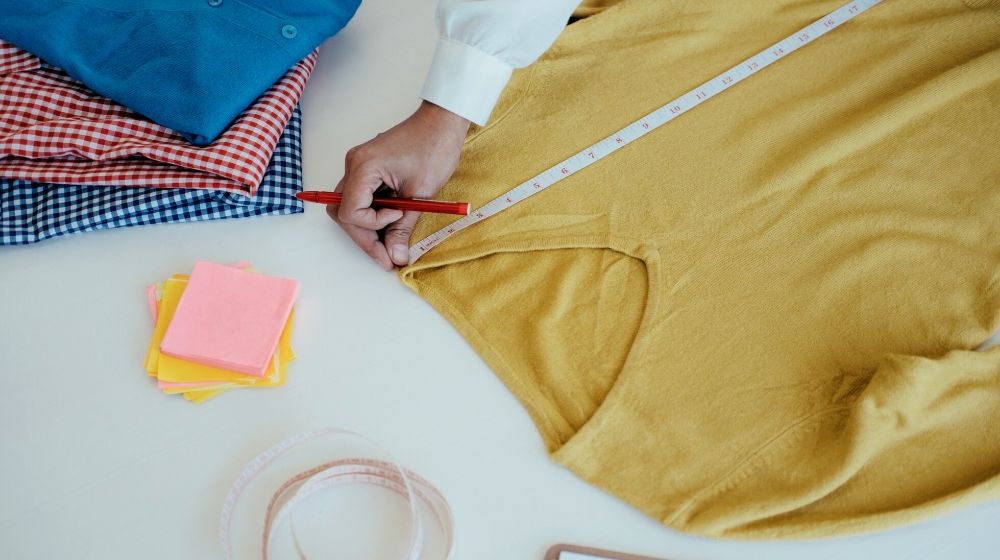
“Many people no longer wear their favourite item because it no longer fits them, or because they no longer like the style,” says Chris. “A simple alteration like taking in at the waist or shortening a full-length dress into mid or short length can give you what feels like a fresh new outfit, and also keep your old favourites updated with the latest style.”
Sources:
- All photos used in this blogpost are sourced from the internet, and the rights belong to their respective owners
- Eco-Age. (2021, February 3). How to Care For Your Clothes – and Keep Them For Longer. Eco-Age. https://eco-age.com/resources/how-care-your-clothes-and-keep-them-longer/
